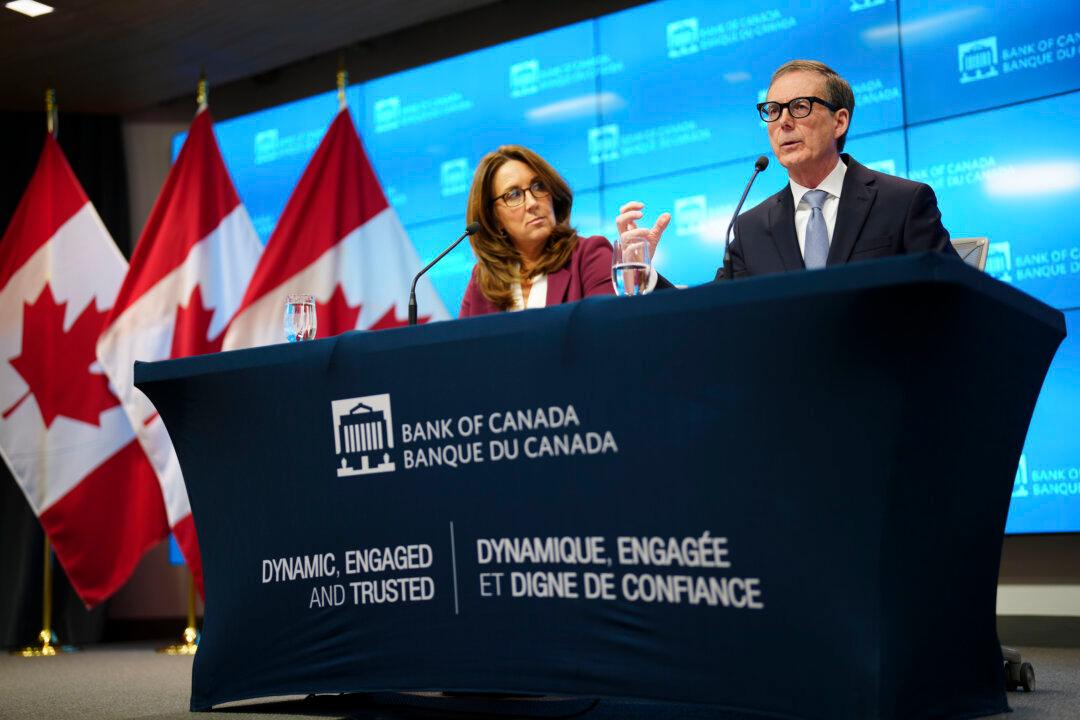OTTAWA—The Bank of Canada announced a shift in its thinking on Jan. 24 while holding its policy rate at 5 percent. The central bank softened its stance on more rate hikes and gave hints that it’s now beginning to think of when it would be appropriate to start cutting interest rates.
But while many are forecasting multiple rate cuts in 2024 and avoidance of a recession, Richard Dias, global macro strategist at PGM Global in Montreal, told The Epoch Times he would not be planning for rate cuts any time soon due to pent-up inflation in housing and food—and elevated immigration.





